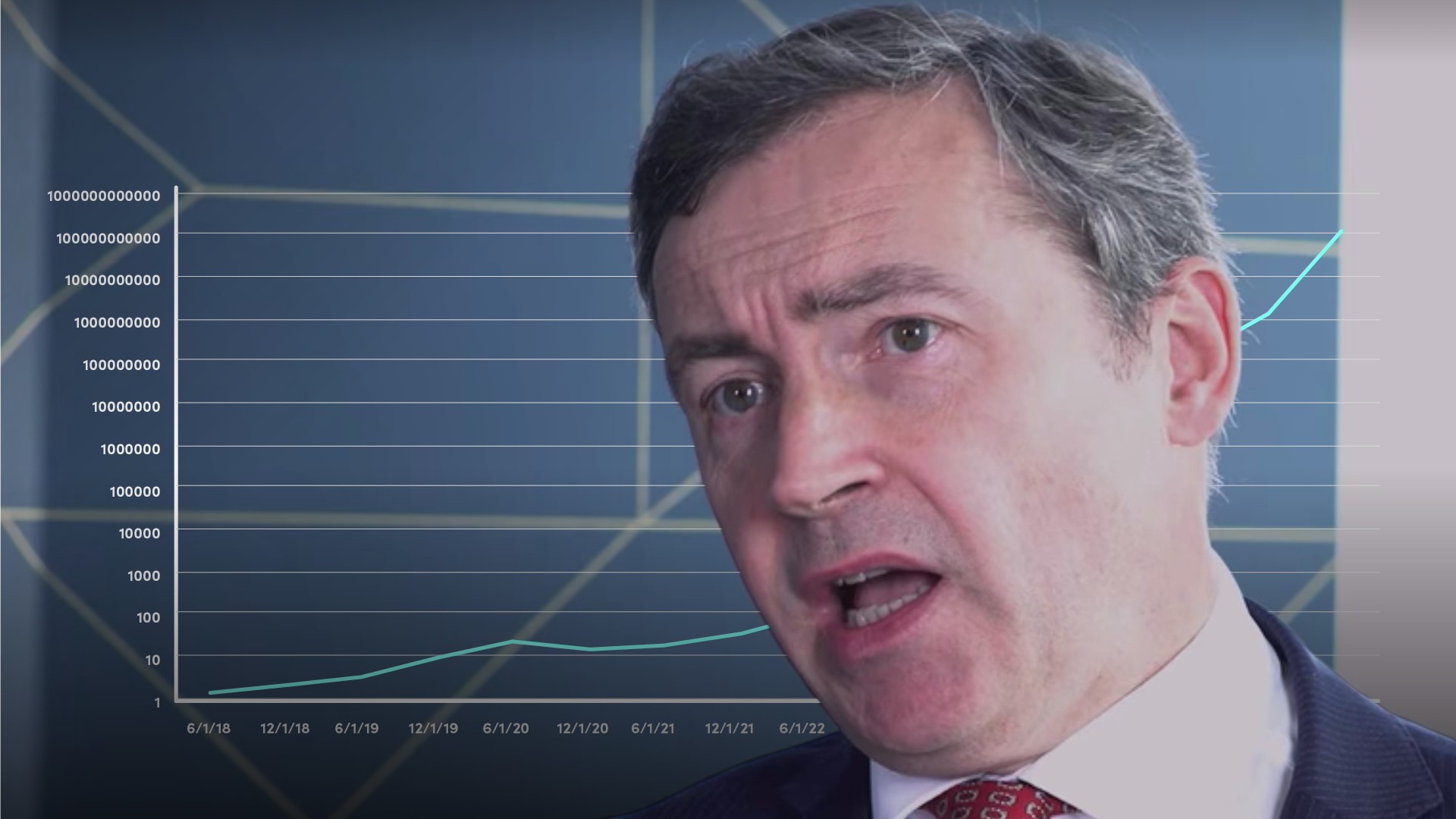
How Banks Create Money

Tim Skeet
35 years: Debt capital markets
In this video, Tim explains how banks and their customers interact in the "creation" of money, and also provides an overview of the banking system and its limitations.
In this video, Tim explains how banks and their customers interact in the "creation" of money, and also provides an overview of the banking system and its limitations.

How Banks Create Money
15 mins 39 secs
Key learning objectives:
Outline the functions of money
Recognise the types of money that exist
Understand how banks create money by making loans
Comprehend the limitations on banks’ ability to create money
Overview:
Money has three functions in a modern economy: a store of value, a unit of account and a medium of exchange. And it exists in different forms. By making loans, banks create money, but several factors limit their ability to do so.
Money has three broad inter-linked and interdependent functions:
- A store of value: money has no intrinsic value; its value is derived from the faith placed in it as a unit of account or a medium of exchange
- A unit of account: a consistent measure for comparing the value or cost of goods and services. This form is usually a major currency, which are also used to record debts and loans
- A medium of exchange: people holding money to swap it for something else at a later date. Modern money has no intrinsic utility. This medium of exchange also takes form in currency
- Notes and coins i.e. cash – are IOUs from central banks to consumers and commercial banks. They are a liability of the central bank and an asset of holders
- Bank deposits – IOUs from commercial banks to consumers. For security and convenience, consumers prefer storing larger amounts of money with banks. By depositing paper money deposits at a bank, holders swap IOUs from the central bank with IOUs from the bank
- Central bank reserves – IOUs to commercial banks that deposit money with the central bank. These record the amount owed to banks and can be used to transfer value between banks
- Base money: also referred to as central bank money. This is made up of currency issued by central banks (banknotes and coins) and central bank reserves
- Broad money: the amount of money that consumers have available for transactions. It is made up of cash and bank deposits
When a customer takes out a personal loan, the bank records it on the assets side of its balance sheet and credits the customer’s deposit account on the liabilities side. The bank’s balance sheet has grown on both sides, and the supply of money into the economy has increased, by the size of the loan. The bank has created ‘broad’ money without any change in the amount of ‘base’ money in the economy. Paying off a bank loan, mortgage or credit card, conversely, destroys money.
- Monetary policy: a central bank’s interest-rate policy affects how much consumers can afford and/or wish to borrow. By raising rates, central banks reduce the propensity for banks and consumers to create new money
- Market forces: there is a finite pool of creditworthy consumers to lend to for any given level of interest rates. When this pool is depleted, the risk/reward payoff no longer stands and lending becomes unprofitable. If banks think policy rates will rise and affordability will decline, their propensity to create new money will fall
- Capital requirements: Commercial banks are required to hold capital to protect depositors from the impact of losses that might arise from bad loans. For every new loan, the bank must reserve more capital. Capital to support new lending might not always be available or available at a price the bank is willing to pay
- Behaviour of consumers: consumers can destroy money by repaying debt, or take out loans without increasing the supply of money in the economy if they use the new loans to consolidate and/or repay other loans

Tim Skeet
There are no available Videos from "Tim Skeet"

